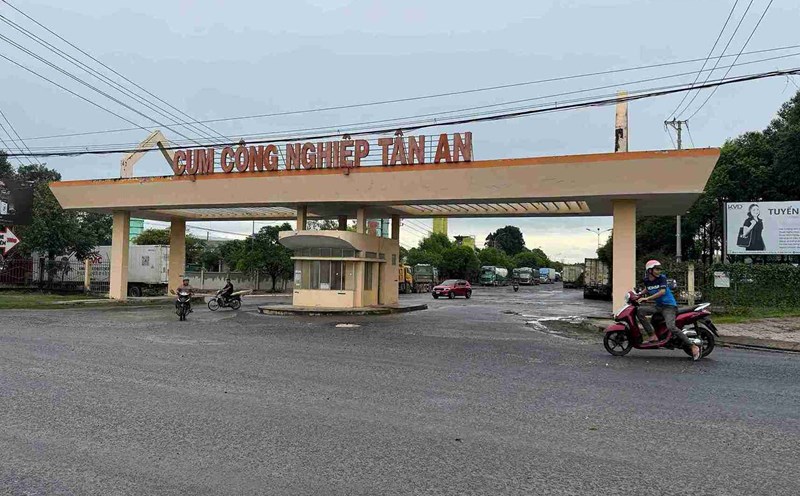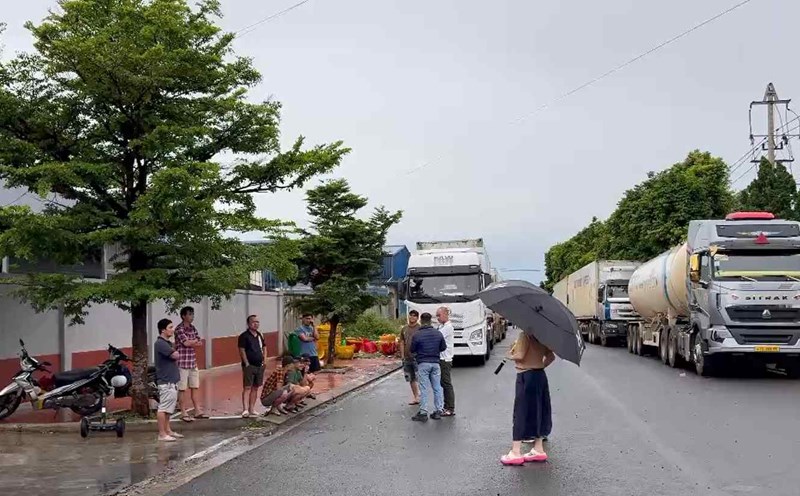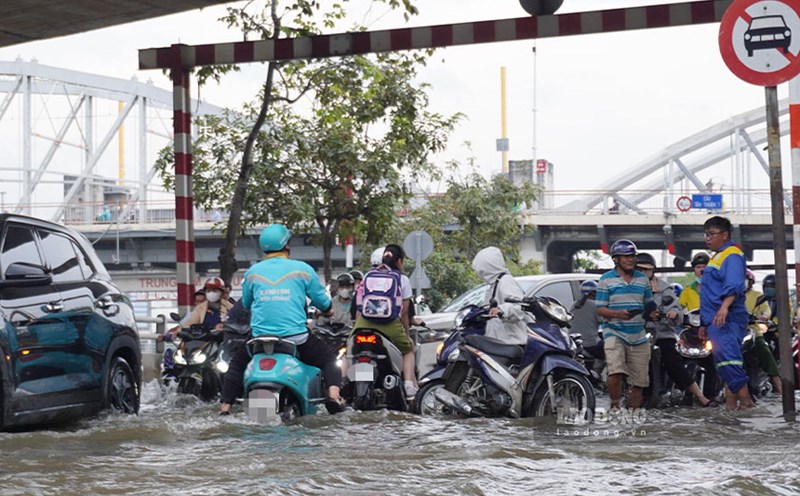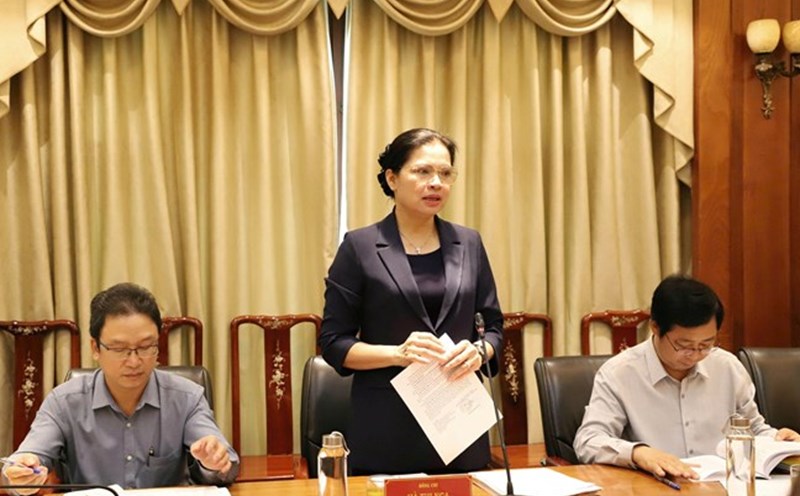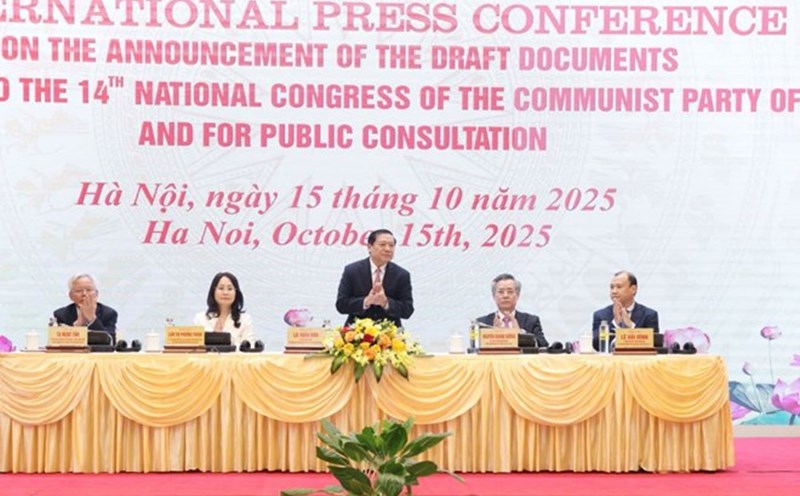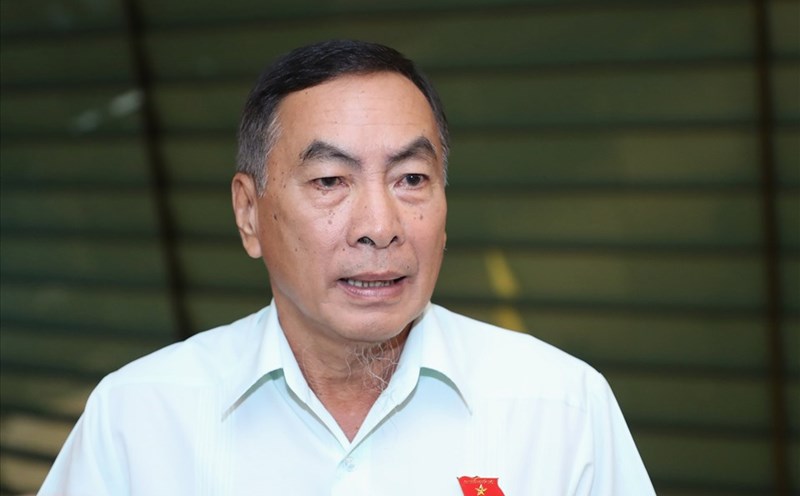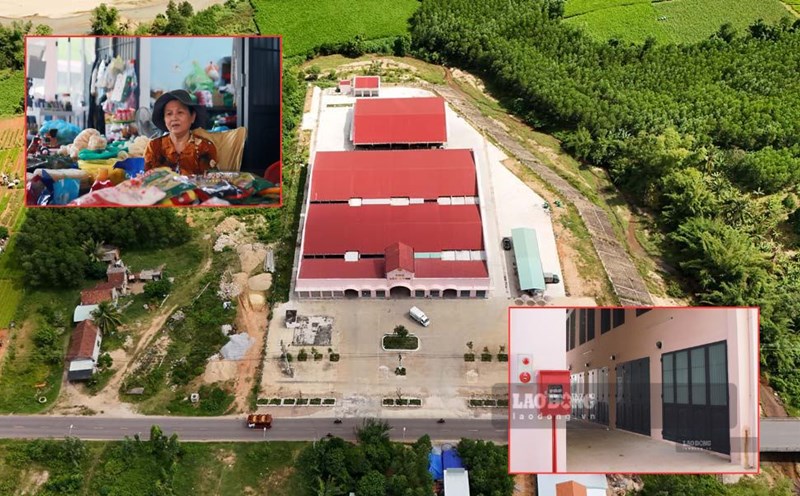Mountainous areas without projects, plains lacking infrastructure
It has been 8 years since the Hoa village industrial park (37ha, Thanh My commune) welcomed the first two projects registered for investment, but the factory has not yet been built, and there is a risk of abandoning the project. Ca Dang Industrial Park (30ha, Ben Hien commune) has been approved for many years but still lacks businesses.
Similarly, there are only a few enterprises operating in Hiep Duc, mainly in two industry groups including agricultural and forestry product processing such as wood chips, energy tablets, rubber latex processing... and industrial sewing, mostly on a small scale.
According to reports from localities, the government always creates favorable conditions to attract projects to create jobs for people, but in reality, "difficulties overlap" because of their location far from the center, high site clearance costs, and additional risks of natural disasters and landslides that make businesses afraid.
Not only mountainous areas, but also plain industrial parks face many obstacles. In Xuan Phu commune, Huong An Industrial Park has an occupancy rate of nearly 80%, with 4 projects in operation (garments, candy, construction materials), with a total capital of more than 280 billion VND. However, the infrastructure is not yet synchronous; the DH.21 route connecting National Highway 1A is slow to clear the land, causing traffic congestion.
Meanwhile, Dong Dai Industrial Park (50ha, Xuan Phu) is still on paper, most of the area is agricultural land, production forest land, not eligible for calling for businesses. Tay An 1 Industrial Park (45ha, Duy Xuyen) is sluggish due to weak contractor capacity, slow construction progress, having to replace contractors and adjust investment capital.
According to the plan, Da Nang has identified the development of 16 industrial parks with a total area of nearly 533 hectares by 2030, towards 758 hectares in 2050. Quang Nam (old) is larger in scale with 114 industrial clusters, 3,180 hectares by 2030 and more than 4,100 hectares by 2050.
But so far only 6/59 industrial clusters (belonging to the old Quang Nam) have centralized wastewater treatment systems. Da Nang lacks specific financial incentives for businesses investing in industrial parks, making the attraction not commensurate with its potential.
Removing mechanism bottlenecks for industrial clusters
According to the Department of Industry and Trade of Da Nang, in the period of 2022 - 2024, before the merger, Quang Nam (old) allocated more than 70 billion VND to invest in industrial park infrastructure, helping many projects to clear land and upgrade technology. Some industrial parks such as Tam My Tay, Tay An, Song Tra were expanded and adjusted. In Da Nang, the following steps were noted: Establishing Hoa Nhon Industrial Park, converting Hoa Lien Industrial Park, investing in the wastewater treatment system of Cam Le Industrial Park, demonstrating the orientation of industrial development associated with environmental protection.
However, cumbersome administrative procedures in investing in industrial park infrastructure have reduced investor motivation. In particular, mountainous industrial parks still find it difficult to attract large-scale projects due to the lack of outstanding incentives.
A current reality is that Da Nang does not have a specific incentive mechanism, while Resolution 34/2021 of Quang Nam (infrastructure support of 10 - 20 billion VND) is not attractive enough; so far, no infrastructure investors have been attracted to enjoy this mechanism.
Currently, Quang Nam's policy to support investment in industrial park infrastructure in 2021 - 2025 is about to expire. Da Nang City (new) is drafting a resolution 2026 - 2030, promising to create a breakthrough in incentives.
Mr. Dang Huu Phuc - Chairman of Duy Xuyen Commune People's Committee said that one of the first factors when considering the project is the ability to solve on-site employment. In Duy Xuyen, although the occupancy rate is only 64%, Tay An 1 Industrial Park has created jobs for more than 4,000 workers. The locality recommends that the city allocate additional public investment capital for 2026 - 2030 to complete technical infrastructure, prioritize internal traffic, wastewater treatment plants, and fire prevention and fighting. When the project is completed, the industrial park will be a highlight to attract investment, creating stable jobs for thousands of workers.
Mr. Nguyen Thanh Quang - Deputy Director of the Department of Industry and Trade of Da Nang City - said: "Da Nang needs a strong enough incentive policy, an open investment process, along with accelerating green and synchronous investment in infrastructure. Only then will the new industrial park system truly promote its driving force role, contributing to the goal of industrialization - modernization in the coming period".

